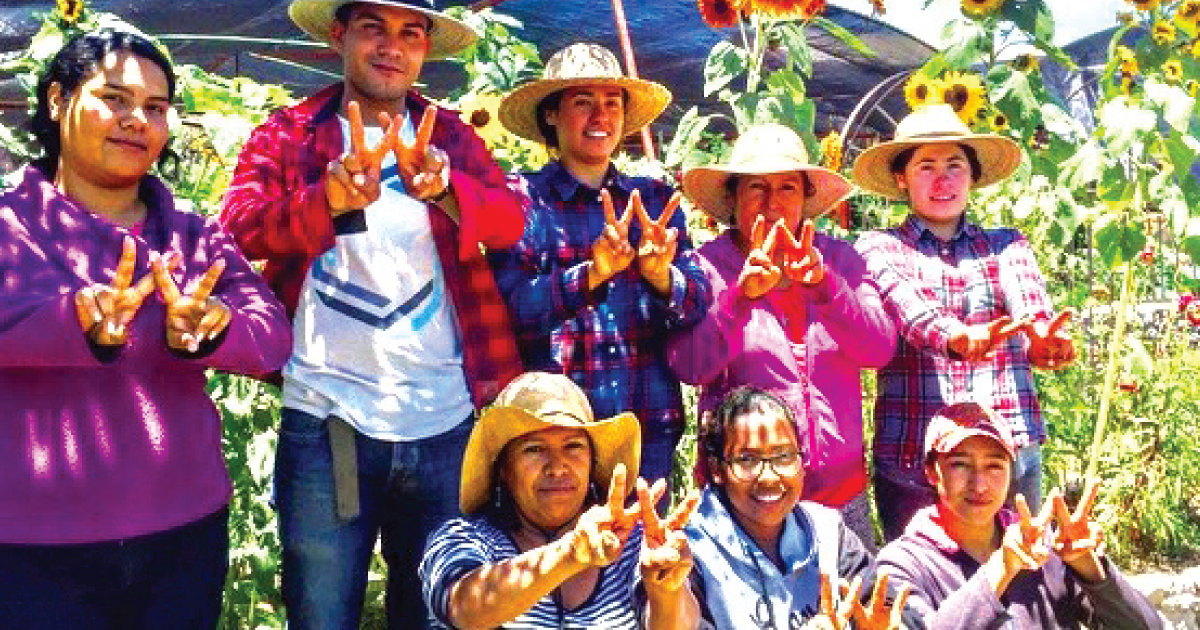
The State of Regenerative Agriculture: Growing With Room to Grow More
This article, by The Regenerative Agriculture Initiative (RAI) team at the Center for Business and the Environment (CBEY), is the first in a series on key opportunities to accelerate regenerative agriculture in the United States.
March 24, 2020 | Source: Conservation Finance Network | by Cortney Ahern
This article, by The Regenerative Agriculture Initiative (RAI) team at the Center for Business and the Environment (CBEY), is the first in a series on key opportunities to accelerate regenerative agriculture in the United States.
Widespread adoption of large-scale conventional agricultural production over the last century — including single crop production, heavy use of synthetic fertilizers and pesticides, and intense tillage — has contributed to substantial greenhouse gas emissions as well as a decline in soil health, water quality, and biodiversity.
At today’s rate of soil degradation, some scientists predict the world’s topsoil could be destroyed within 60 years. In contrast to conventional production, regenerative agriculture is a holistic system of practices and principles that seek to improve, not degrade natural resources. Some of the most common practices to achieve this outcome include cover cropping, minimal tillage, long crop rotations, intercropping, rotational grazing, and incorporation of animals. Regenerative agriculture could play a key role in solving the climate crisis, offering a possible avenue to sequester carbon while securing food and water supplies. To unlock these benefits, widespread investment is needed to catalyze the development of regenerative agriculture markets at scale.
